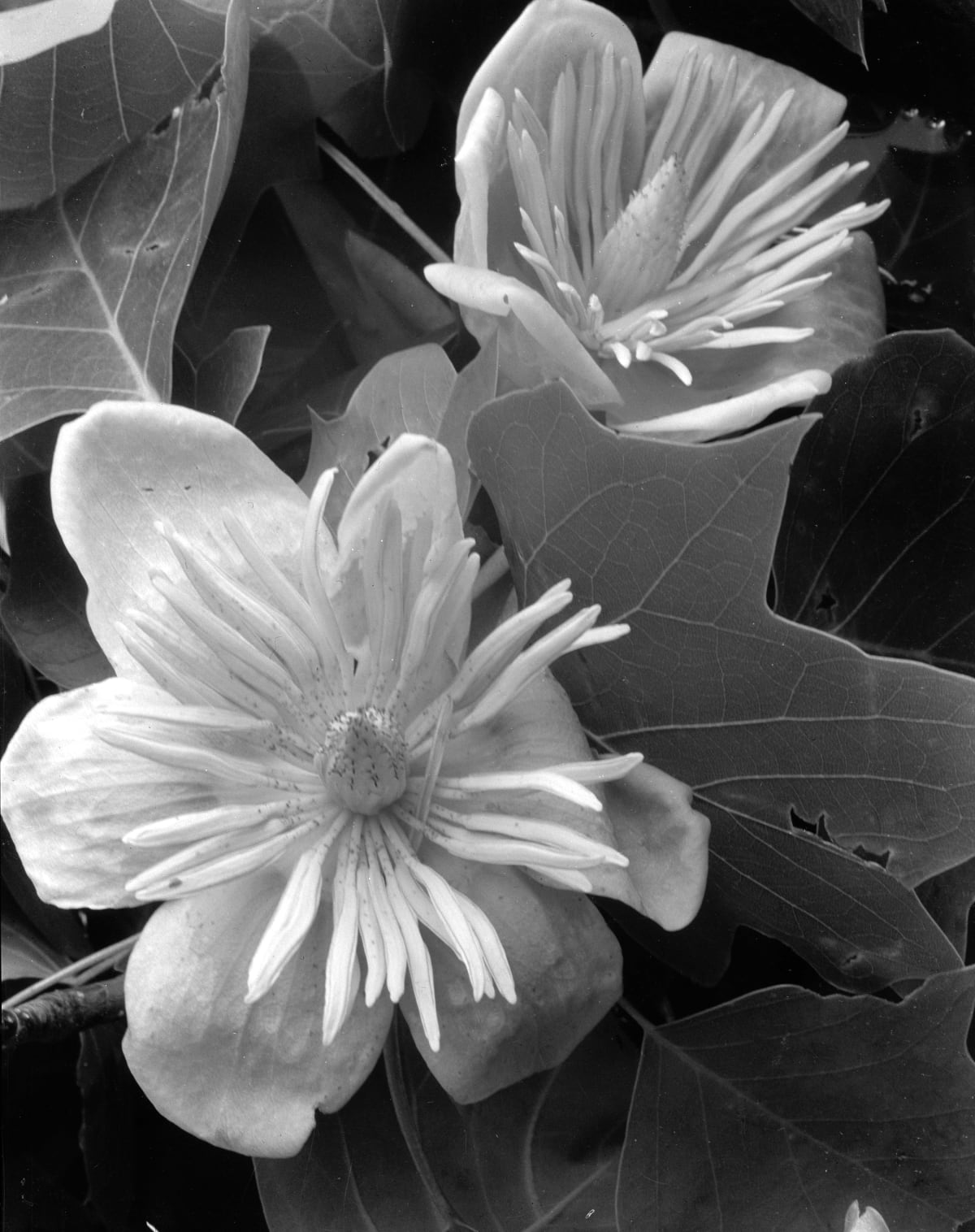

Imogen Cunningham
Imogen Cunningham (1883–1976) was a trailblazing American photographer whose work helped shape the course of 20th-century photography. Best known for her botanical photography, industrial landscapes, and portraits, Cunningham’s career spanned over seventy years, during which she consistently pushed boundaries in both subject matter and style.
Cunningham began her photographic journey in the early 1900s after studying chemistry at the University of Washington, where she wrote a thesis on platinum printing—a method she would later use to stunning effect. In 1909, she studied photographic chemistry in Germany, which contributed to her technical precision and experimental approach.
By the 1920s, Cunningham had become associated with the Group f/64, a collective of West Coast photographers including Ansel Adams and Edward Weston. The group emphasized “pure” photography—sharp focus, high contrast, and detailed compositions—as a reaction against the painterly style of Pictorialism. Cunningham’s contribution to this movement helped redefine what photography could be: a medium with its artistic integrity.
One of her most celebrated series, Magnolia Blossom (1925), exemplifies her ability to render organic forms with clarity and sensuality. She also gained recognition for her portraits of artists, dancers, and fellow photographers. Notably, her series of portraits of the elderly in the 1970s challenged societal norms about aging and beauty, underscoring her lifelong interest in the human condition.
Cunningham’s legacy lies not only in her technical skill and aesthetic vision but also in her commitment to innovation and independence as a woman in a male-dominated field. Her work continues to inspire photographers, feminists, and artists who value both form and freedom of expression.